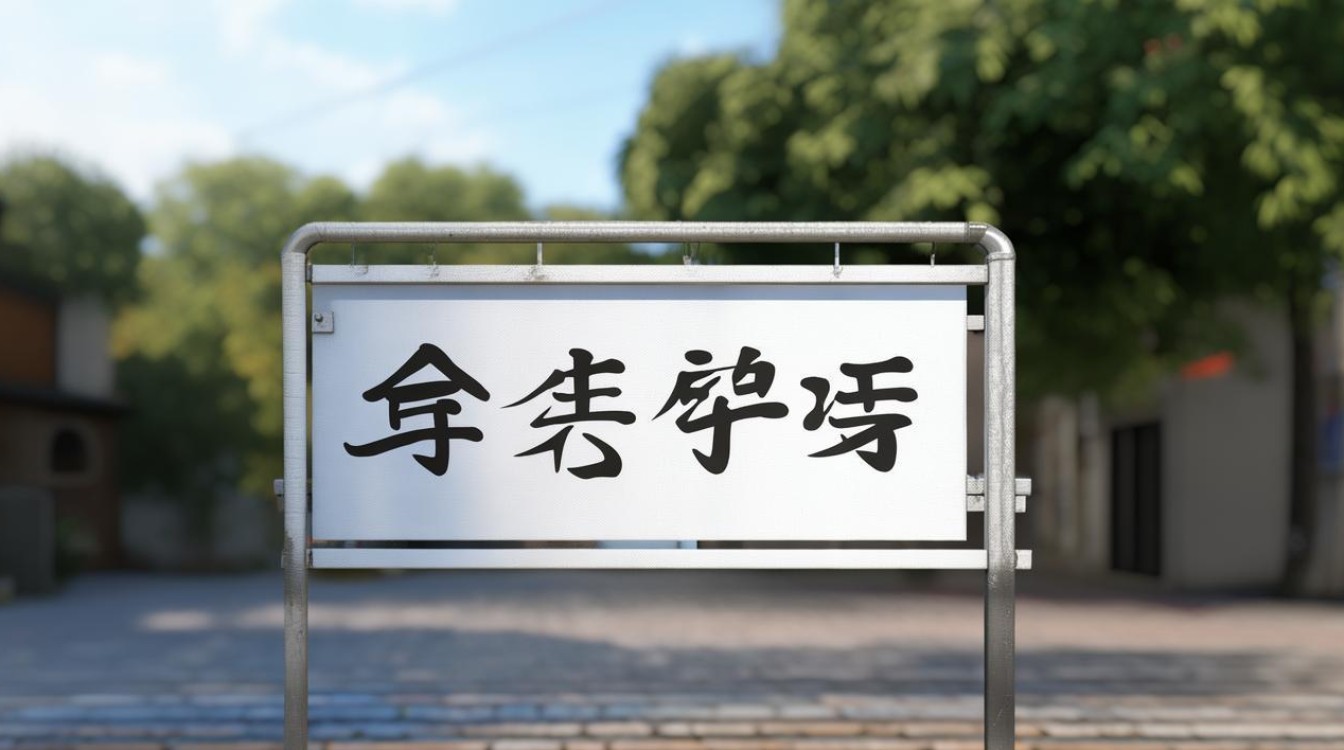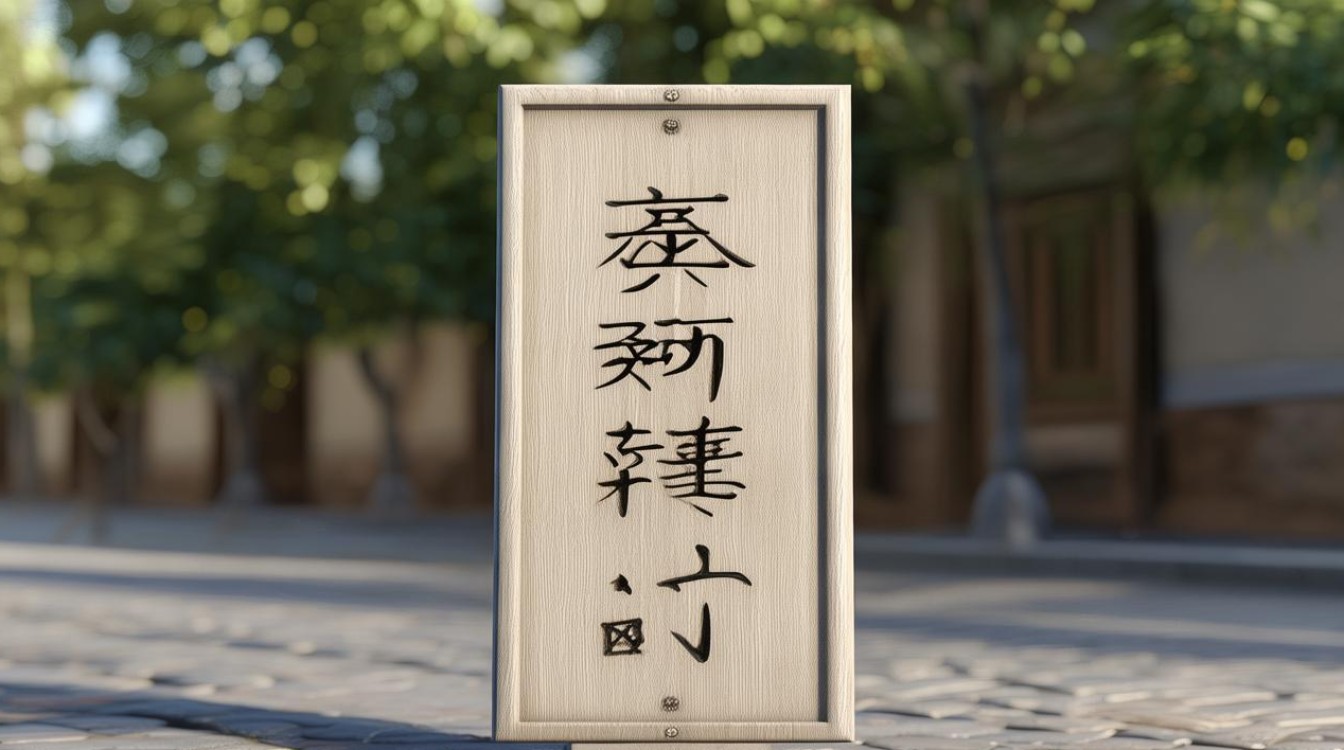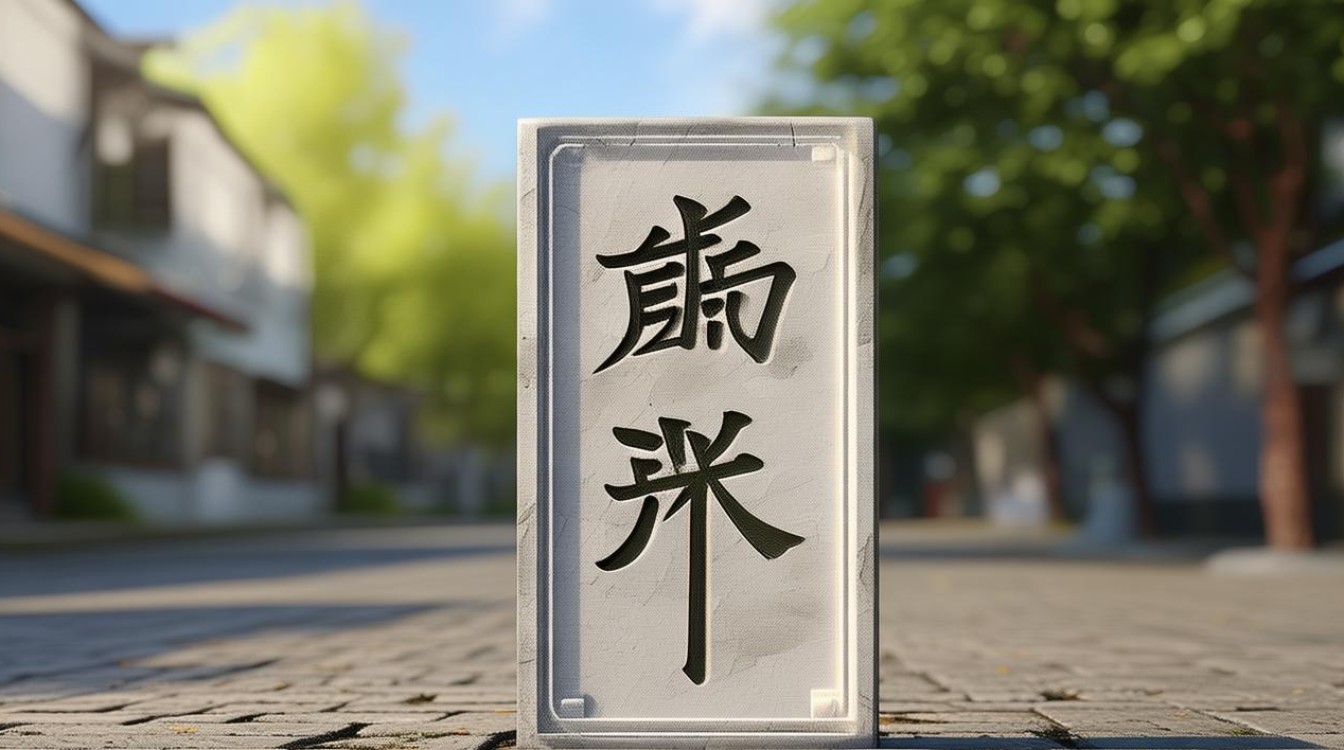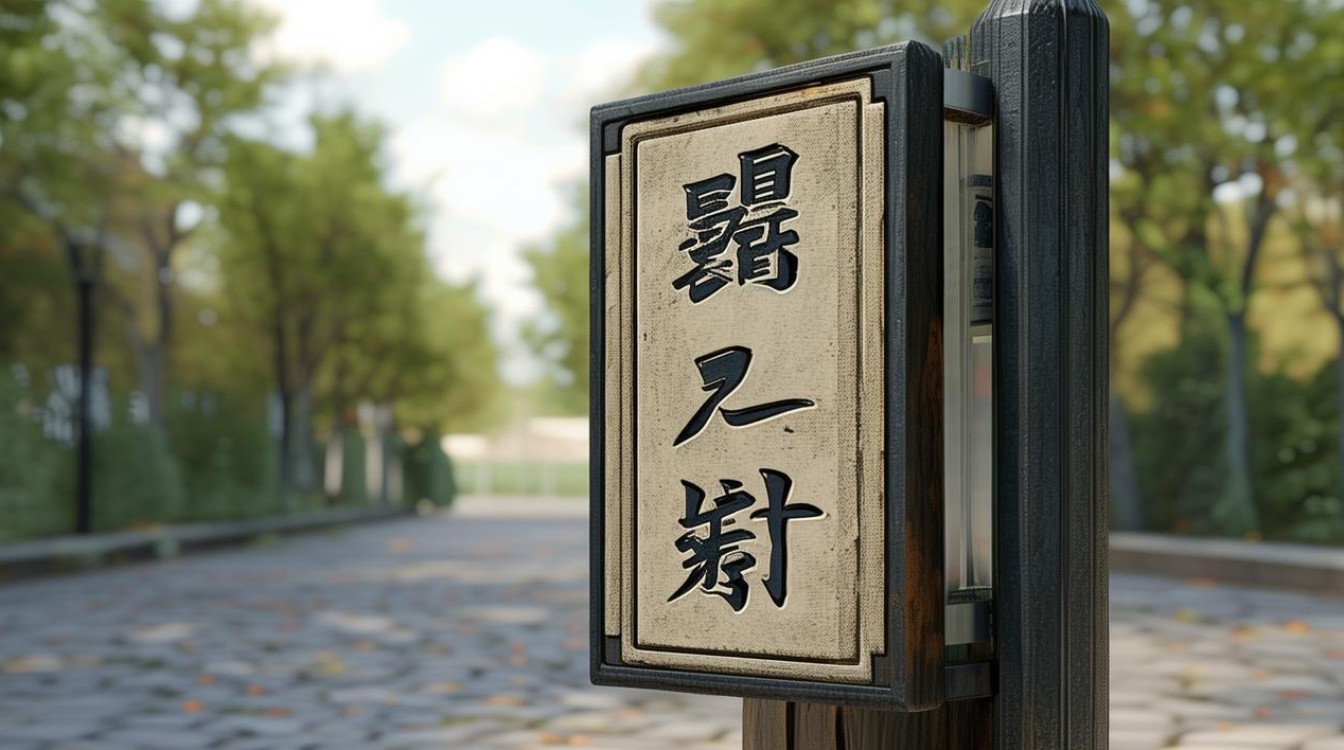When learning English or translating from Chinese, one common question arises: how to express "在什么的上方" in English? This concept appears simple but requires careful consideration of context and nuance. The English language offers several words and phrases to convey this spatial relationship, each with distinct applications.

Primary Translations for "在什么的上方"
The most direct translation for "在什么的上方" is "above." This preposition indicates a higher position relative to another object without necessarily implying direct contact. For example:
- "The painting hangs above the sofa" (画挂在沙发的上方)
- "Clouds floated above the mountains" (云朵漂浮在山的上方)
"Over" serves as another common equivalent, often suggesting covering or spanning across:
- "She held an umbrella over her head" (她把伞举在头的上方)
- "The bridge extends over the river" (桥延伸到河的上方)
"On top of" implies direct contact with the upper surface:
- "The book rests on top of the table" (书放在桌子的上方)
- "Place the lid on top of the jar" (把盖子放在罐子的上方)
Distinguishing Between Similar Terms
While these words share similarities, subtle differences affect their proper usage:
Above vs. Over
- Use "above" when referring to higher elevation without contact ("The moon above the horizon")
- "Over" often indicates movement across or covering ("The plane flew over the city")
On vs. On top of
- "On" suggests general surface contact ("The cup is on the table")
- "On top of" emphasizes the uppermost position ("The cherry sits on top of the cake")
Specialized Contexts and Exceptions
Certain situations demand specific terminology:
Aviation and Navigation
- "The altitude is 30,000 feet above sea level" (not "over sea level")
- "The helicopter hovered over the landing pad" (suggesting movement)
Measurement and Science
- "Temperatures remained above freezing" (comparative context)
- "The pressure over the liquid increased" (covering context)
Architecture and Design
- "The chandelier hangs above the dining table"
- "The balcony overlooks the garden below"
Common Mistakes to Avoid
English learners often confuse these terms. Note these corrections:

Incorrect: "The picture is over the fireplace" (unless describing movement) Correct: "The picture hangs above the fireplace"
Incorrect: "Place the blanket above the bed" Correct: "Place the blanket on top of the bed"
Incorrect: "The bird flew above the trees" Correct: "The bird flew over the trees" (movement across)
Practical Applications in Daily Life
Understanding these distinctions improves communication:
Home Organization
- "Store seasonal items above the closet" (higher position)
- "Keep the remote on top of the TV stand" (surface placement)
Workplace Communication
- "Hang the certificate above your desk"
- "The projector mounts over the conference table"
Travel Directions
- "The hotel is just above the shopping center"
- "Walk over the bridge to reach the museum"
Idiomatic Expressions Using Spatial Terms
Several English idioms incorporate these concepts:
- "Over the moon" (extremely happy)
- "Above board" (honest and legal)
- "On top of things" (in control of a situation)
These phrases don't relate to physical position but demonstrate how spatial language extends metaphorically.
Technical Writing Considerations
Precision matters in technical contexts:
Engineering Diagrams

- "Mount the sensor 2 meters above ground level"
- "Route the cables over the support beam"
Instruction Manuals
- "Place the gasket on top of the housing"
- "Position the reflector above the light source"
Visual Representation in Language
English often uses these terms to create mental images:
- "Thoughts swirling above my head"
- "Dark clouds gathering over the town"
- "Snow accumulating on top of the car"
Historical Evolution of Spatial Terms
The origins of these words reveal their current usage:
- "Above" derives from Old English "abufan," meaning "on the upper side"
- "Over" comes from Proto-Germanic "uber," carrying senses of both position and movement
- "On" originates from Old English "on," with basic surface contact meaning
This etymological background explains why "over" often implies motion while "above" suggests static position.
Teaching These Concepts to English Learners
Effective instruction methods include:
- Physical demonstrations placing objects in different configurations
- Diagram-based exercises labeling spatial relationships
- Contextual examples from real-world environments
- Contrastive analysis with the learner's native language
Regional Variations in Usage
British and American English sometimes differ:
- British English may prefer "above" where American uses "over" in some contexts
- Certain dialects use "up over" for emphasis ("The keys are up over the refrigerator")
Digital Interface Applications
Modern technology employs these terms consistently:
- "Click the menu above the toolbar"
- "Drag the icon over the trash can"
- "The notification appears on top of other windows"
Literary and Poetic Usage
Writers manipulate these words for effect:
- "Stars glittering above the silent desert"
- "Shadows creeping over the ancient walls"
- "Morning dew on top of autumn leaves"
The choice between terms affects the imagery's precision and emotional tone.
Children's Language Acquisition
Research shows the developmental sequence:
- "On" emerges earliest (around 2 years)
- "Over" appears next (2.5-3 years)
- "Above" develops last (3.5-4 years)
This progression reflects conceptual complexity, from concrete contact to abstract positioning.

Cognitive Psychology Perspectives
Studies reveal how humans process spatial language:
- "Above/below" relationships activate different brain regions than "left/right"
- People recall object positions more accurately when described with precise terms
- Language influences non-verbal spatial reasoning abilities
Translation Challenges
Professional translators note:
- Chinese "上方" sometimes requires different English equivalents based on context
- Technical documents demand consistent terminology
- Literary translation allows creative interpretation of spatial relationships
Common Collocations
Frequent word pairings to recognize:
- "Above average"
- "Over the limit"
- "On top of the world"
- "Above mentioned"
- "Over and above"
Mnemonic Devices for Learners
Helpful memory aids:
- "A bird can fly above a tree or over a tree, but only land on top of it"
- "Above is about altitude, over is about trajectory"
- "On top means touching, above means not touching"
Business Communication Examples
Professional contexts demonstrate proper usage:
- "Profits rose above projections last quarter"
- "We need to get over this production hurdle"
- "Keep the document on top of your priorities"
Mathematical and Scientific Notation
Specialized uses in formulas and diagrams:
- "X is above Y in the hierarchy"
- "Plot temperature over time"
- "Place the coefficient on top of the variable"
Multimedia and Web Design Applications
Digital media employs these concepts:
- "Layer the text above the background image"
- "Animate the logo over the header"
- "Position the pop-up on top of other elements"
Legal Document Precision
Contracts and laws require exact language:
- "The easement extends over the property line"
- "Sign above the indicated line"
- "Notations on top of the original document"
Emergency and Safety Instructions
Clear spatial language saves lives:
- "Hold the extinguisher above the fire's base"
- "Pull the alarm over the exit door"
- "Place the bandage on top of the wound"
Mastering these English spatial terms enhances both everyday communication and specialized discourse. The key lies in recognizing how physical relationships translate linguistically across different situations. With practice, choosing between "above," "over," and "on top of" becomes intuitive, allowing precise expression of "在什么的上方" in all contexts.


